The Art of Eclecticism Through Tbilisi's Urban Identity.
I feel the unstoppable need to express the astonishment that I have been bottling up for the past two months. I have to speak of several things that enriched my urban vocabulary to an admirable extent. The initiative contains promotion and discussion of the concept of urban eclectics with a practical example from my personal experience.
Firstly, it is necessary to define eclecticism through my prism of perception: eclecticism in architecture and urbanism is the art of purposefully integrating diverse architectural styles, influences, and eras within a singular urban space.
It is crucial to embark on this exploration of the profound impact of eclecticism on urban planning and city development through two critical dimensions: architectural diversity and cultural richness. And one of the best candidates for this challenging role shall be Tbilisi.
So, let us dive into the captivating world of the Georgian capital, where every corner invites you to witness the magnificence of juxtaposed epochs, and where the past and present engage in a timeless dialogue that shapes the city.
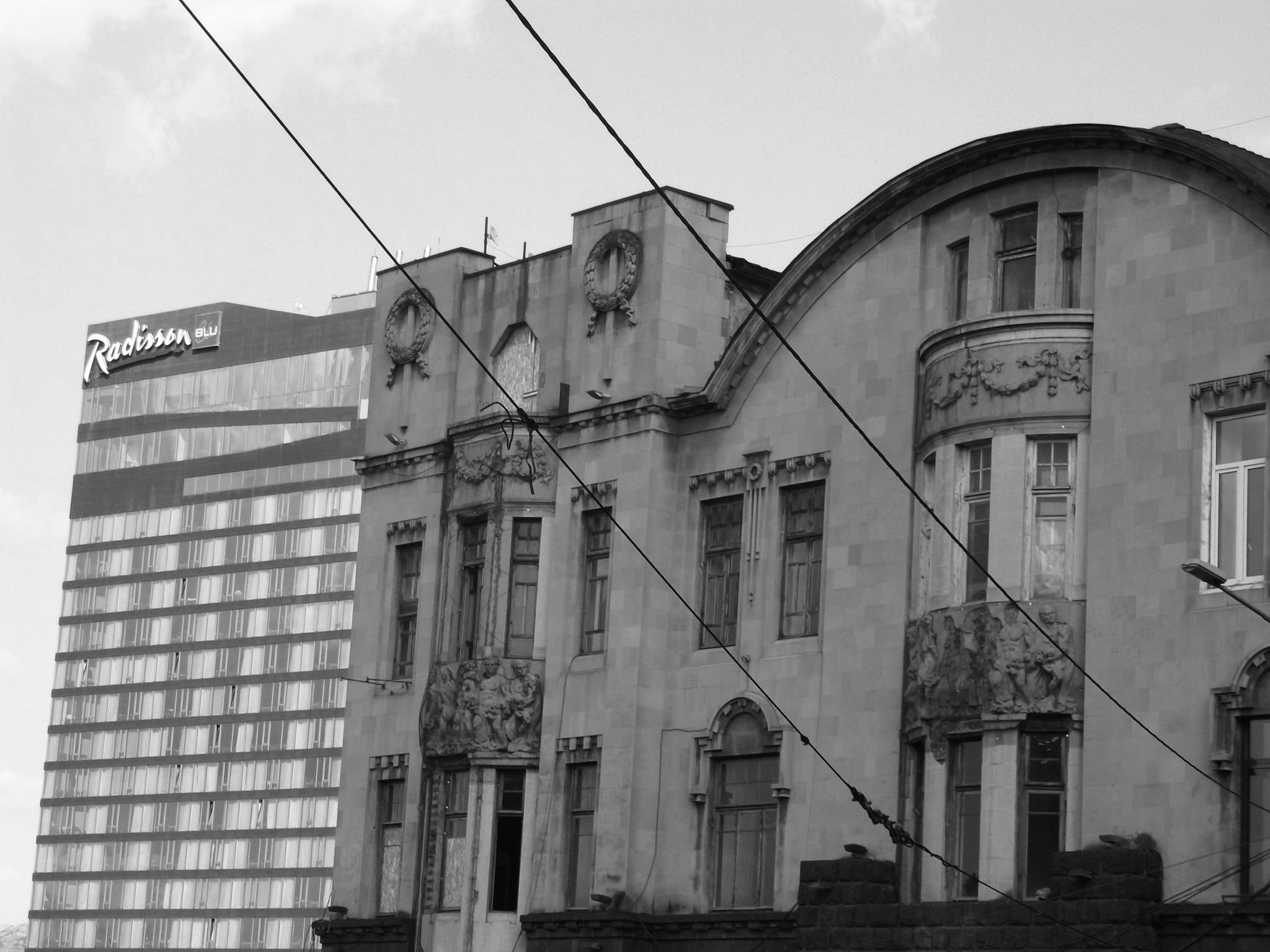
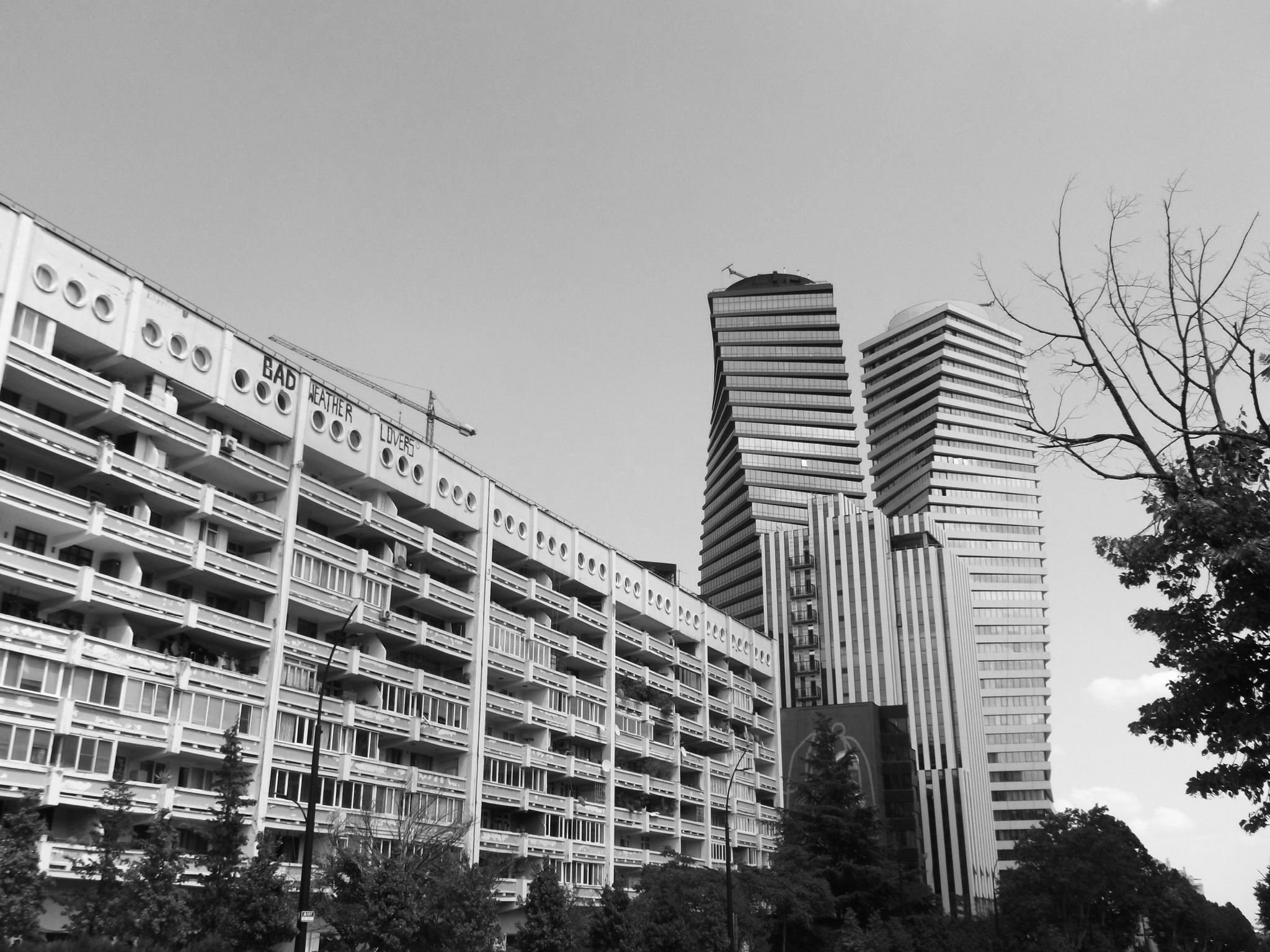

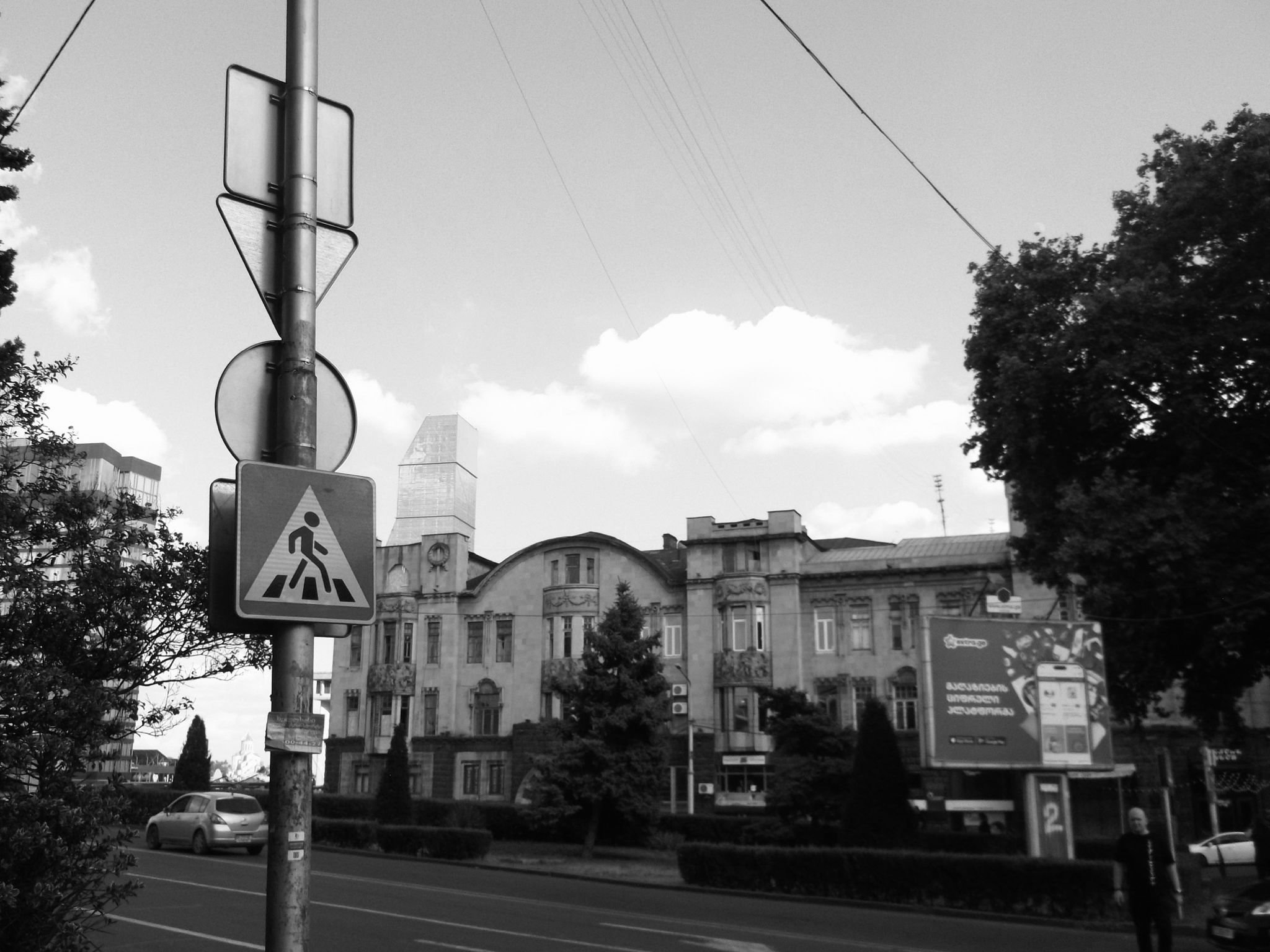
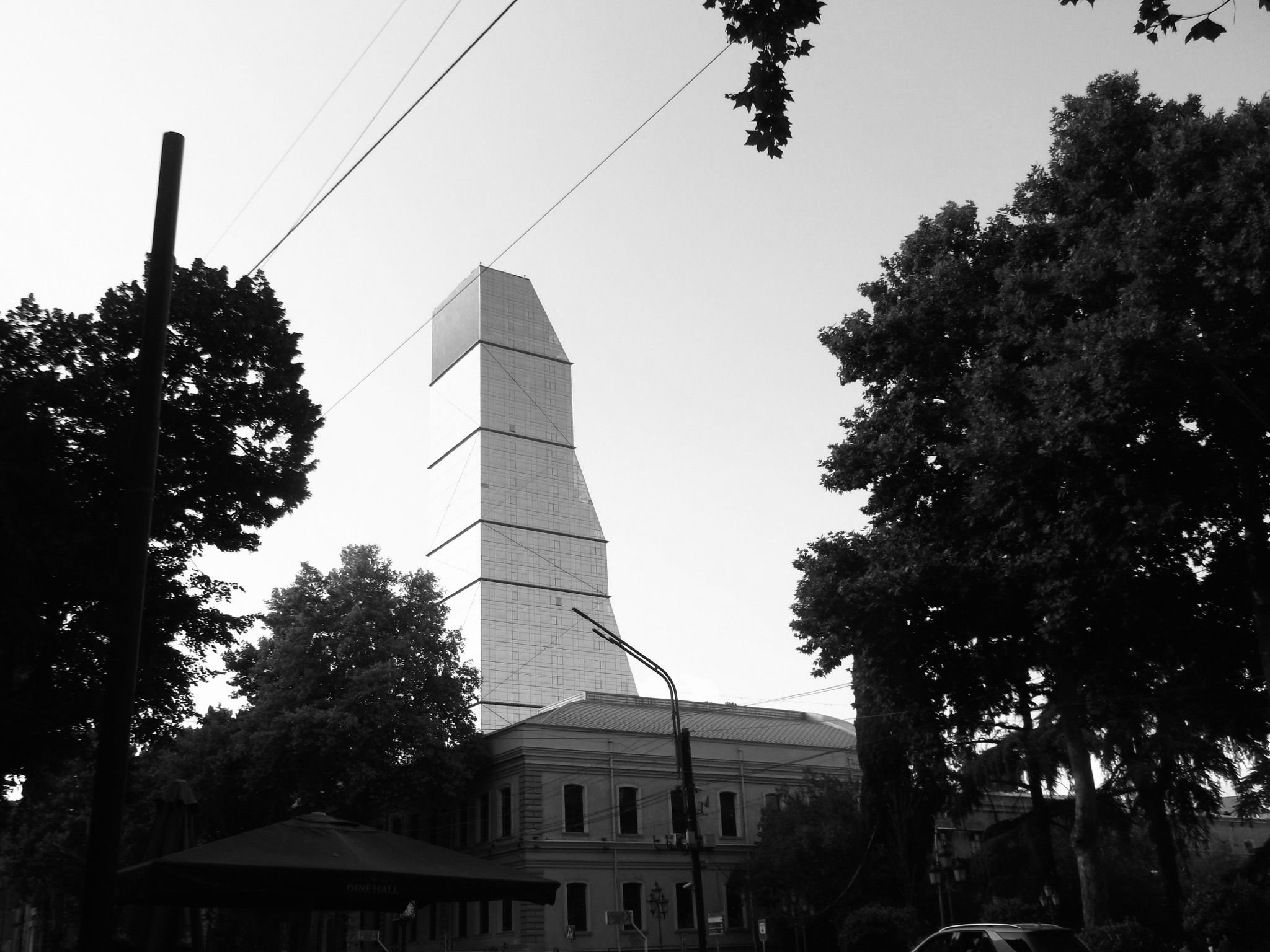
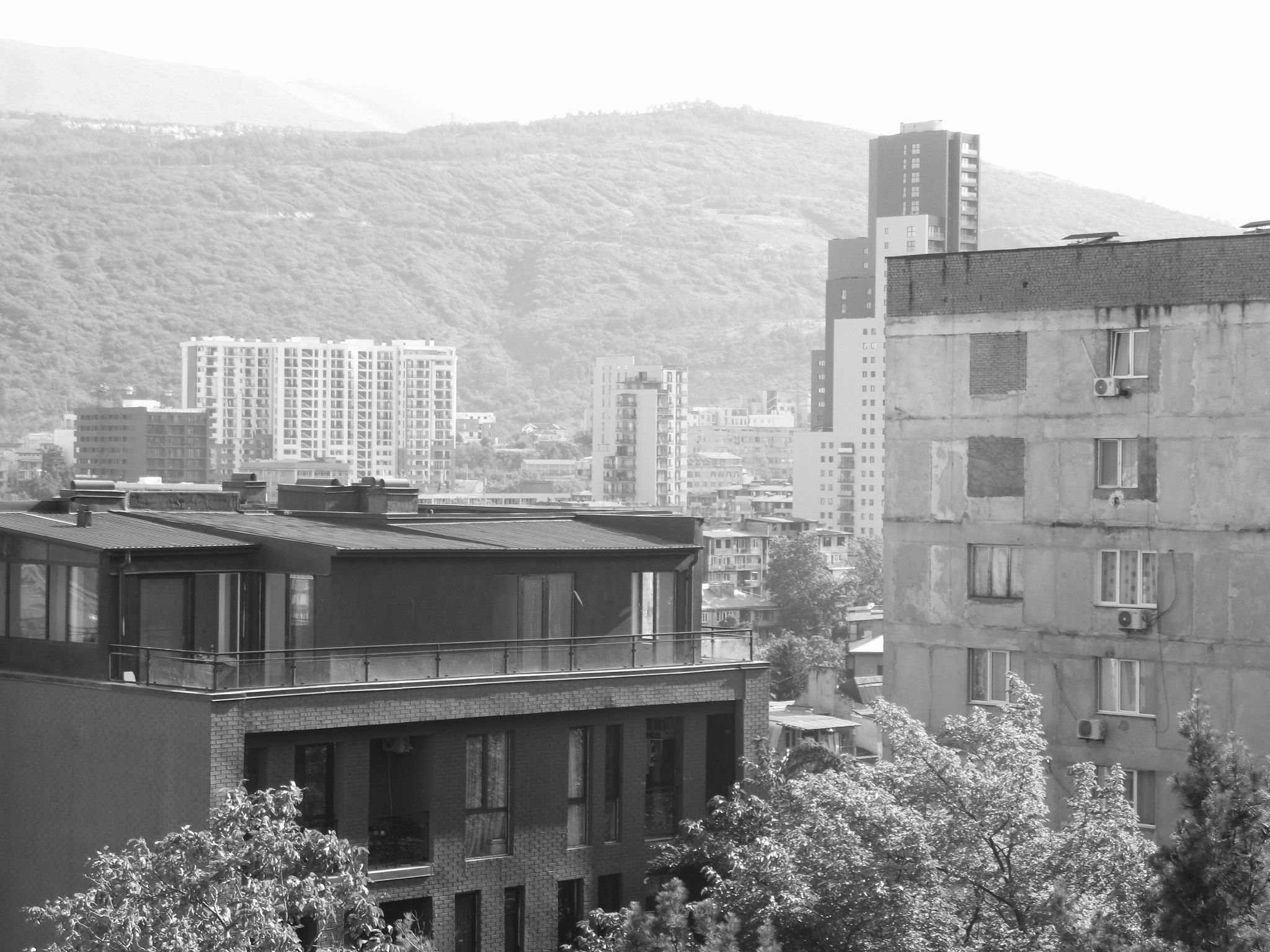
Tbilisi is considered an uncommon urban context distinguished by its historical, architectural, and cultural diversity for several reasons. I tend to find the following ones to be the most convincing:
Tbilisi is strategically located at the crossroads of Eastern Europe and Western Asia, making it an ancient meeting point for various cultures, trade routes, and civilizations. The city's glory is backed by a rich history that dates back over 1,500 years.
Tbilisi's architectural landscape is a testament to its contrasted history. The municipality features a broad range of architectural styles. Here you can find everything: an ancient chateau and ruins of medieval walls, centuries-old churches, elegant European classical, neoclassical, and art-nouveau houses, Soviet and ultramodern buildings, all driving the eclectic architectural integrity of the city.
Regarding the strategic location, we can see how the emergence and development of eclecticism as a prominent urban planning practice in Tbilisi is tied to the city's evolution. The capital has, as it seems, a marvelous agreement with the concept of diversity. Tbilisi's landscape serves as a testament to its power to embrace assorted influences and acclimate them into a unique and charming environment. Urban diversity in turn plays a significant role in enhancing Tbilisi's aesthetic appeal, tourism industry, and cultural identity.
The advantages of this cooperation of the city and this inclusive lifestyle contribute to the city's particular character in several ways. Architectural diversity develops an effect of a visual interest towards the most uncommon and exclusive mixtures, such as traditional Georgian balconies alongside neoclassical facades. This cocktail of styles adds depth and richness to the urban environment. Besides, the street-level magnetism cannot go unnoticed. With picturesque cobblestone streets and colorful facades contributing to the charm of neighborhoods like the Old Town, the truly unique ambiance for both citizens and tourists provides a welcoming and comforting space.
The most integral culture-driven approach when planning the evolution of the eclectic city is the preservation of tradition. It is crucial to commit to preserving the architectural and historical heritage to keep and embrace the identity of the area.
The rapid expansion of urban planning in Tbilisi led to a significant departure from Georgian architectural traditions. By the late 1960s, Tbilisi had become a canvas for the eclectic wave in urban planning. Neo-Renaissance and neo-Gothic structures began to grace the cityscape, followed by the advent of modernistic designs as the 20th century unfolded. This transition has brought a dynamic blend of architectural styles, reflecting the evolving spirit of the times. Crucially, this urban transformation mirrored the shifts in political, cultural, and social life, with a focal point emerging along the bustling Rustaveli Avenue. This avenue not only bore witness to the changing architectural landscape but also became a symbolic junction where the city's diverse activities and narratives converged.
Looking at the streets of Tbilisi nowadays, we can undoubtedly say that the administration is dedicated to preservation and maintenance, as well as the integration of historical monuments, which reinforces the pride of the local population and evokes endless admiration of the visitors. Tbilisi's diversity serves as a proof to the city's ability to evolve while staying rooted in its rich cultural traditions.
In summary, cultural heterogeneity and the historical importance of Tbilisi as a pivotal intersection of manifold cultures constitute essential aspects of the city's identity. Eclecticism, as a methodology, serves to commemorate and safeguard this multifaceted cultural abundance. Consequently, Tbilisi sustains its vitality and inclusivity as a dynamic hub wherein various cultural legacies intersect, cohabit, and flourish. Using its planning paradigms, Tbilisi persists as a definite testament to the harmonious blend of cultures spanning numerous centuries.
The key takeaways for the notion of eclecticism:
Eclecticism places significant importance on the conservation of historical monuments, guaranteeing the maintenance of structures that embody diverse cultural epochs in an unaltered state. This conservation helps to sustain the city's cultural memory and distinctiveness.
Eclecticism embraces cultural integration by acknowledging and incorporating diverse traditions and architectural features.
Eclectic architectural styles and preserved landmarks serve as cultural ambassadors, captivating tourists and cherishing cultural awareness.
My dear Georgian friends, the warmth of your smiles, the sincerity of your gestures, and the generosity of your hearts left a memorable mark on my soul. I was privileged to witness the rich tapestry of your history, and I ask you to accept this note as a humble offering of my gratitude. I look forward to the day when our paths cross again, either in Georgia or elsewhere in this vast world. Until then, I will gladly carry the memories of your hospitality and kindness.
With the deepest appreciation and love,
Olga
Bibliography:
https://dspace.nplg.gov.ge/bitstream/1234/44825/1/Tbilisi.pdf
(PDF) Tbilisi through Time - Researchgate, www.researchgate.net/publication/359104643_Tbilisi_Through_Time.
On the Borderline of Two Worlds. Part II - Polsl.Pl, delibra.bg.polsl.pl/Content/27755/BCPS_31353_-_Architecture-of-Tbil_0000.pdf.
All the pictures were taken by the author of the article
Cover source: https://smapse.com/flag-of-georgia-history-and-symbols/
PS: it is a rather positive opinion on the concept of eclecticism that can be expanded to provide a full-scale analysis. This articles is meant to highlight the art of this intricate style.